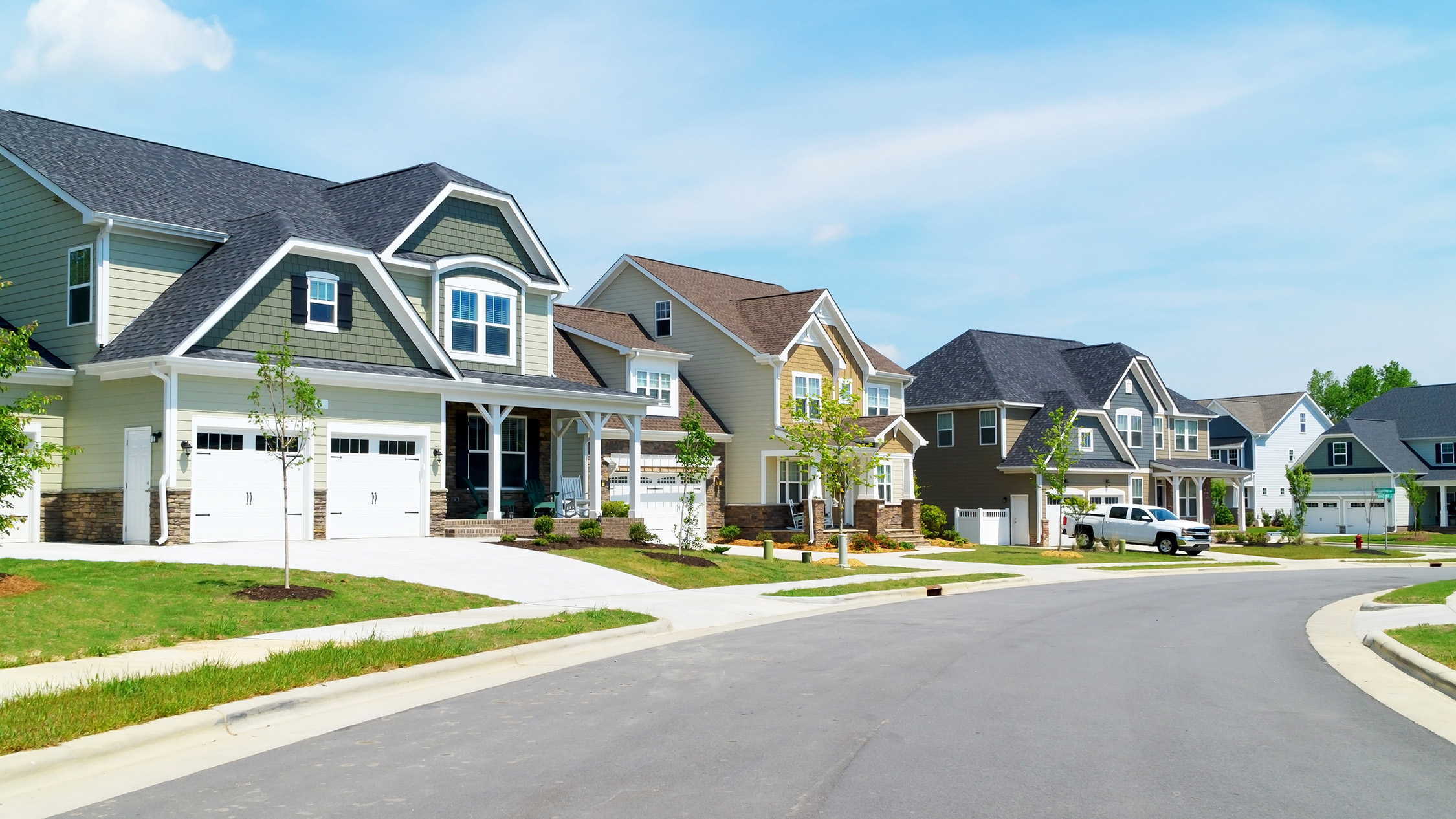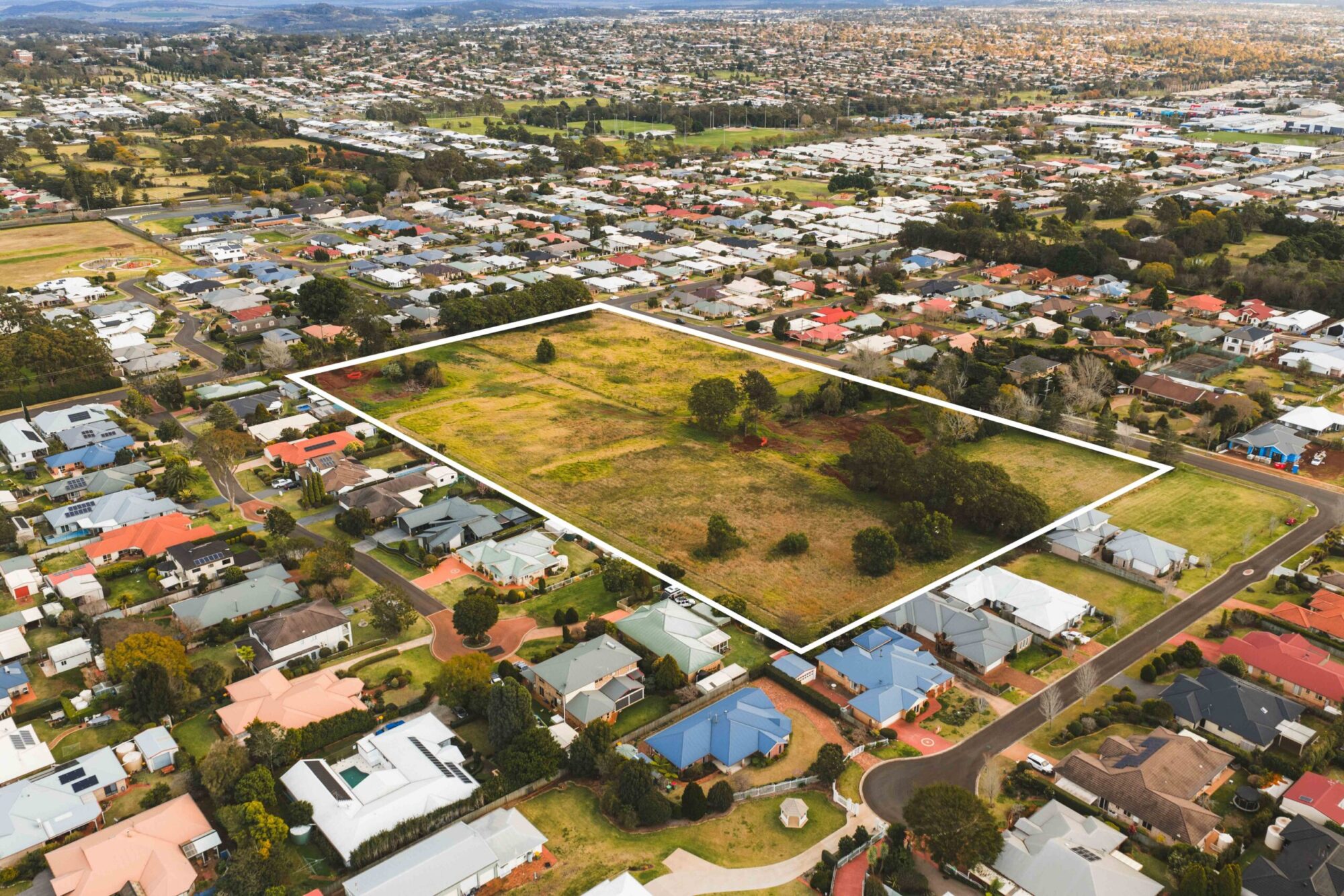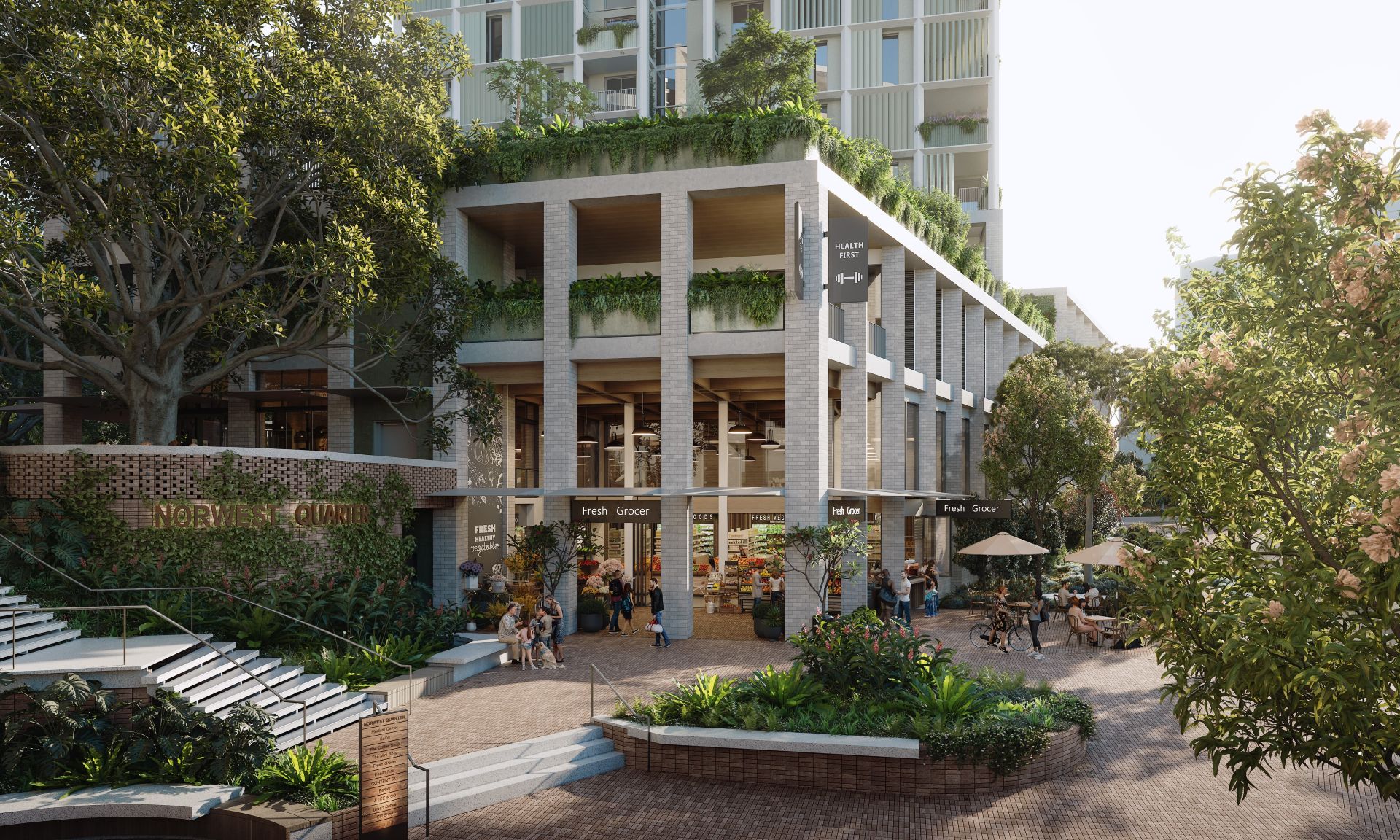
According to a report from The Sydney Morning Herald, new Australian Bureau of Statistics (ABS) data shows Perth and Western Australia are struggling to meet critical housing infill targets, raising doubts about the national goal of building 1.2 million new homes by 2029.
WA Falling Behind National Housing Targets
Western Australia has committed to ensuring 47% of new homes are built in established areas by 2050 to reduce urban sprawl. However, the latest ABS figures reveal WA is not on track. Of the 214,483 dwellings approved through knockdown-rebuild projects across Australia between 2019 and 2025, only 15,813—or just 7%—were in WA.
This equates to an average of just 2,635 approvals per year in the state, far below what is needed to meet long-term infill development goals.
Knockdown Rebuild Approvals Adding Little to Housing Stock
The data also highlights a concerning trend: 59.3% of WA knockdown-rebuild projects are one-for-one replacements, meaning no additional housing supply is created. Despite a housing boom in recent years, approvals for new homes generated through knockdowns have actually declined—from 3,205 approvals in 2019–20 to just 2,090 in 2024–25.
Industry experts argue this lack of growth in infill housing supply undermines the federal government’s National Housing Accord, which requires 168,000 new homes annually from infill developments nationwide.
Industry Concerns: Red Tape and Zoning Restrictions
Perth property expert James Limnios said that while developers are eager to build in established suburbs, restrictive zoning, lengthy approval processes, and high government charges are acting as roadblocks.
This is despite strong interest in urban redevelopment opportunities, such as prime Jolimont infill lots tipped to spark much developer interest, where developers remain keen to unlock housing supply in established areas.
Calls for Accountability
Limnios also called for greater transparency, suggesting the WA Department of Housing and Works publish quarterly reports tracking the number and percentage of new homes delivered through infill projects. This, he argues, would ensure government agencies are held accountable for meeting housing supply commitments under the National Housing Accord.
What It Means for Perth’s Housing Market
The figures reinforce concerns about Perth’s housing affordability crisis. Without major reforms to planning and zoning frameworks, WA risks falling further behind national housing targets, exacerbating shortages in affordable housing and putting more pressure on first-home buyers and renters.
Some innovative projects, such as the proposed landmark timber tower set to put Perth on the global map for design and construction, demonstrate the potential of higher-density development in helping meet housing demand.
These challenges are not unique to WA. Nationally, a dramatic shift in Australia’s apartment supply landscape shows that many markets are under pressure to deliver new housing stock, with Perth among the cities lagging behind.
For Perth to play its part in Australia’s housing future, industry leaders say urgent reforms are needed to unlock land supply in established suburbs and streamline the redevelopment process.











